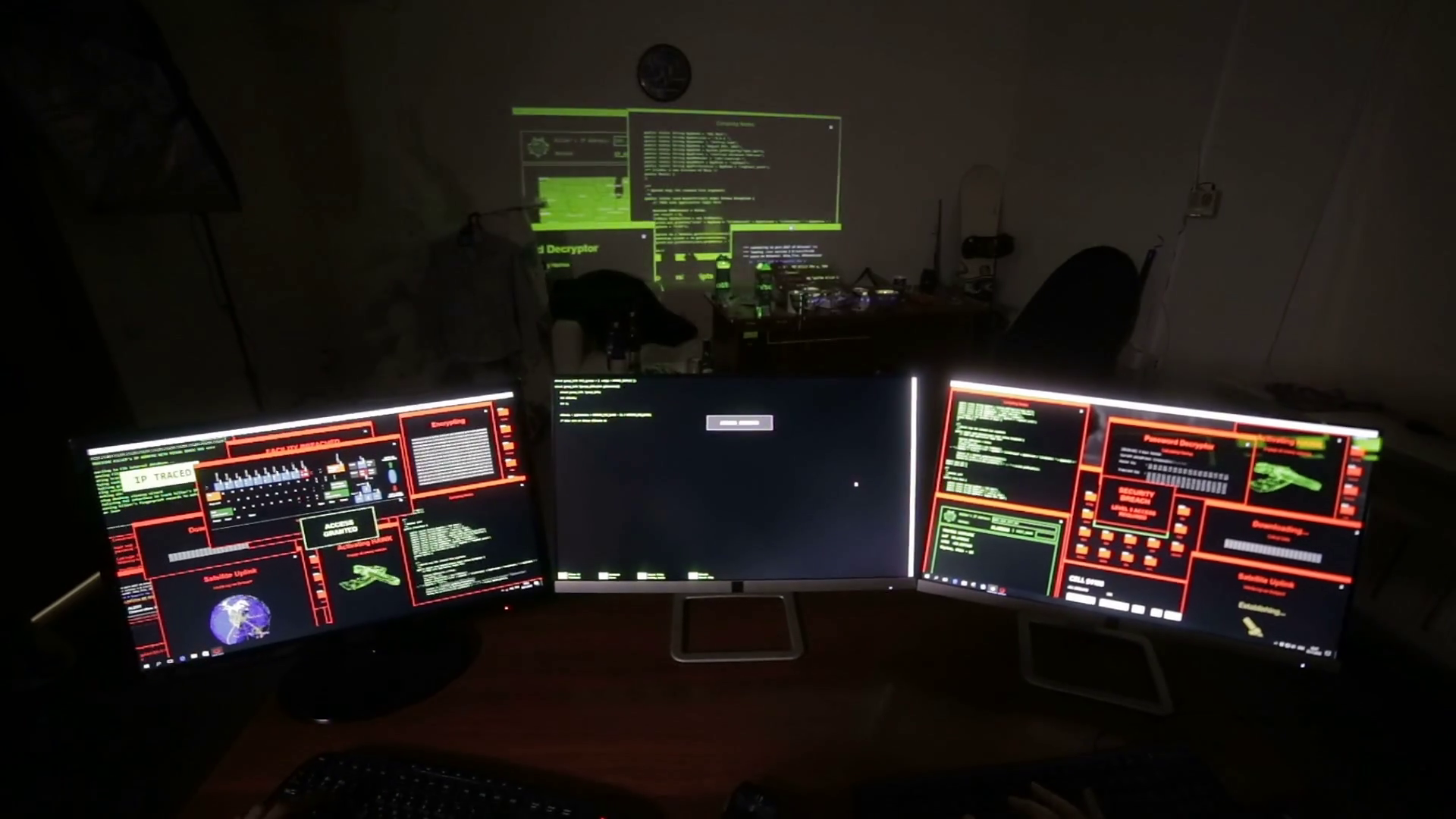Are you ever frustrated with computer issues? Does your laptop seem to be running slow or programs aren’t working properly? If so, you may need some computer hacks. Knowing when to use them and where to find tips can save you a lot of time and help make using your machine easier. Here are 100 computer tips for troubleshooting common problems.
1. Recognise the problem
Many people don’t know the difference between a problem that requires a hack and one that requires more technical assistance. The first step is to recognize what the problem is and determine if it can be solved with a simple fix or if it needs further attention. Common problems include slow performance, network connection issues, software glitches, hardware problems, malware infections, and data corruption.
2. Use online resources
The Internet is full of helpful information about common computer problems and their solutions. Whether you’re looking for specific instructions on how to fix something or general advice on how to avoid certain problems in the future, there are plenty of websites dedicated to helping users get the most out of their machines. In addition, online forums are a great place to ask questions and get answers from experienced users who are likely to have encountered similar problems.
3. Try DIY solutions
When dealing with basic software or hardware problems yourself, start by checking for available driver updates; these can often solve many problems without requiring any additional effort on your part. In addition, uninstalling unnecessary applications or old drivers can help improve overall system performance and prevent conflicts between different programs running simultaneously on your machine’s resources.
4 . Evaluate professional services
Not all computer hacks require professional services, but when they do – especially those involving hardware repairs – it’s important to evaluate potential repair technicians beforehand to make sure they’re qualified and reliable enough for the job. Ask for references from friends or family who have used their services, and read customer reviews online before committing to a service provider.
5 . Use troubleshooting software
There are many tools, both free and paid for, that can help diagnose what may be wrong with your machine, either automatically or through user input. These software programs come preloaded with instructions on how best to proceed depending on the nature of the problem, making them a useful resource for not only identifying but also eliminating, major causes of concern.
6 . Back up your data regularly
Regular backups help protect against data loss due to unexpected crashes, virus attacks, power outages, and so on. It’s particularly important for businesses as data is usually critical to the smooth running of the business; cloud storage solutions are becoming increasingly popular as they allow files to be stored securely off-site while still being accessible from anywhere with an internet connection.
7 . Consider virtual machines
For those interested in cybersecurity, virtual machines (VMs) offer an interesting way to experiment safely without risking damage should something go wrong during testing procedures; VMs allow devices to run multiple operating systems simultaneously within isolated environments, making it much easier to track down potential threats than having to manually search entire networks every time there’s a suspicion that something malicious has been installed somewhere along the line.
8. Keep up to date with security patches
Last but certainly not least, always keep up to date with security patches released by manufacturers such as Apple, and Microsoft – these contain fixes for vulnerabilities found prior to release that would otherwise remain open doors for hackers to use, gain access to sensitive user information, steal valuable company assets, damage computers remotely altogether… Keeping up to date with news related to new versions of important software packages is also recommended to maintain optimal protection levels over extended periods of time.
Conclusion
By taking the right steps, regularly monitoring system health, applying the necessary hacks, quickly spotting problems as they arise, and addressing them appropriately, users can ensure that their machines continue to function optimally on a long-term basis, thus reducing the chances of experiencing costly downtime, requiring expensive maintenance work, and needing to be replaced altogether.



